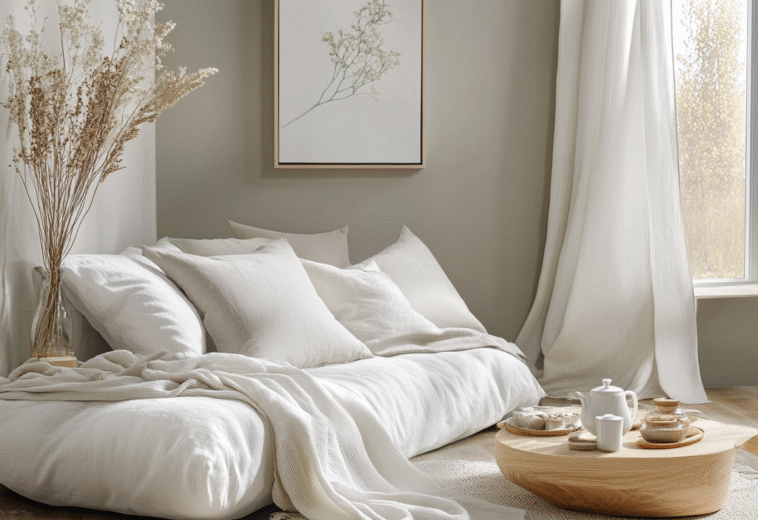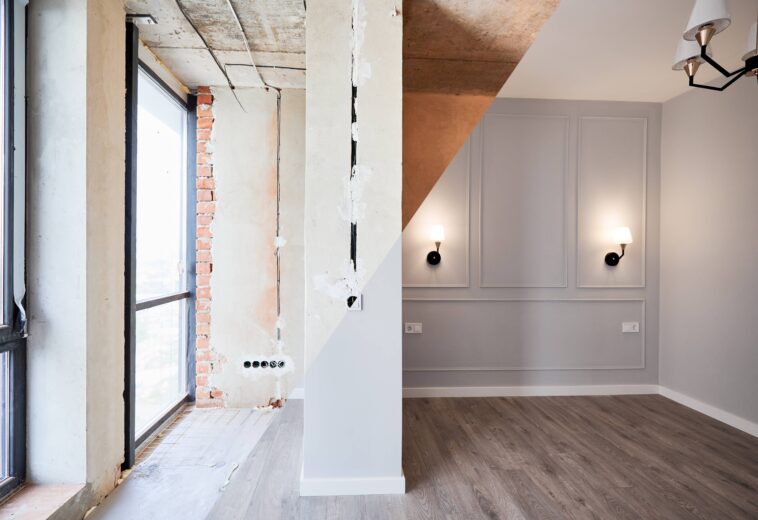The Impact of Colour Psychology in Interior Design
The Impact of Colour Psychology in Interior Design
- Fatemeh
- 0 comments
- 9 views
✨ Introduction: The Power of Colour in Design
To start, colour is more than just a visual element — it has the power to influence our emotions, behaviours, and overall well-being. In fact, in the world of interior design, understanding colour psychology is essential for creating spaces that feel harmonious, energizing, or calming, depending on their purpose.
Whether you’re planning a cozy bedroom or designing a vibrant office, the colours you choose can truly make all the difference.
🎨 What Is Colour Psychology?
To begin with, colour psychology is the study of how colours impact human perception and emotional response. In particular, when applied to interior design, it helps guide colour choices that support the function of each space — from rest and relaxation to focus and productivity.
🎯 Why Colour Matters in Interior Design
So, why is colour so important in your home or workspace? Here are three key reasons:
-
Emotional Impact: Colours can evoke calm, joy, excitement, or even anxiety.
-
Spatial Perception: Lighter colours make rooms feel more open, while darker tones create intimacy.
-
Functional Design: The right colours can promote focus in a home office or relaxation in a bedroom.
Ultimately, each colour you choose plays a psychological role in how a space feels and functions.
🌈 Common Colours and Their Psychological Effects
Let’s explore how popular colours can shape the atmosphere in your interior spaces:
🔵 Blue – Calm and Focused
Firstly, blue promotes serenity and peace. It is ideal for bedrooms, bathrooms, or workspaces. Light blues create an airy feel, while deeper blues add richness and sophistication.

🟢 Green – Balance and Nature
Green represents tranquillity, renewal, and nature. It works well in living rooms, dining room, bedrooms, or any wellness-oriented space.
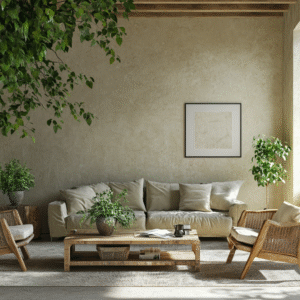
🟡 Yellow – Happiness and Energy
Yellow brings energy and positivity. It’s best used in kitchens, dining rooms, or entryways, especially in soft or moderate tones.
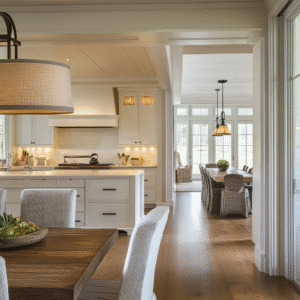
🔴 Red – Passion and Warmth
Red is bold, intimate, and energizing. While it can enhance dining areas or accent walls, it should be used carefully to avoid overstimulation.
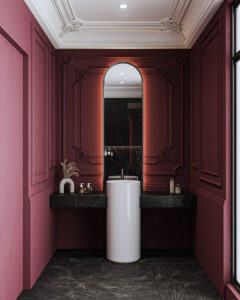
⚪ White – Clean and Minimal
White evokes clarity and simplicity. It’s perfect for small spaces and modern aesthetics, but it needs texture or accents to avoid a sterile feel.
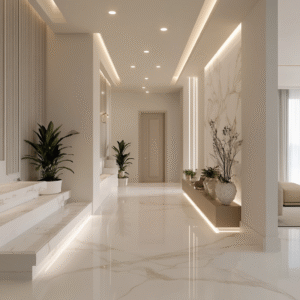
⚫ Gray – Neutral and Sophisticated
Gray is a versatile and elegant backdrop. It blends well with both warm and cool colour schemes and fits into nearly every room.
🖌 Tips for Choosing the Right Colour
Now that you understand the basics, let’s explore a few practical and effective tips for selecting the right colours for your interiors:
-
First, consider the room’s function: What activities take place here? Choose colours that actively support the room’s purpose.
-
Next, use accent colours wisely: If bold colours feel overwhelming, start small — try incorporating them through accessories or a single feature wall.
-
Then, test before committing: Always paint a sample first, as lighting throughout the day can significantly affect how a colour appears.
-
Finally, balance warm and cool tones: Aim for visual harmony by blending warm hues (reds, oranges, yellows) with cooler shades like blue and green.
🏠 Incorporating Colour Psychology in Different Spaces
Every room serves a different purpose — here’s how to apply colour psychology in key areas of your home:
🛋 Living Room
Use earthy greens, warm neutrals, or soft blues to promote comfort, relaxation, and social connection.
🛏 Bedroom
Opt for calming hues like lavender, light blue, or warm beige to create a restful, sleep-friendly environment.
🍽 Kitchen
Choose energetic colours like yellow or orange to inspire appetite and lively conversation.
💼 Home Office
To boost concentration and well-being, select focus-friendly shades such as blue or soft green, as these colours help increase productivity and reduce stress.
💡 Final Thoughts: Design with Intention
In conclusion, understanding colour psychology truly empowers you to design interior spaces that not only look beautiful but also feel right. By making thoughtful choices, your home can ultimately become a sanctuary that not only enhances your mood but also supports your lifestyle and reflects your personal taste.
So, the next time you pick up a paintbrush or shop for décor, remember colour is more than just style — it’s strategy.
read more about how colours effect mood here!


